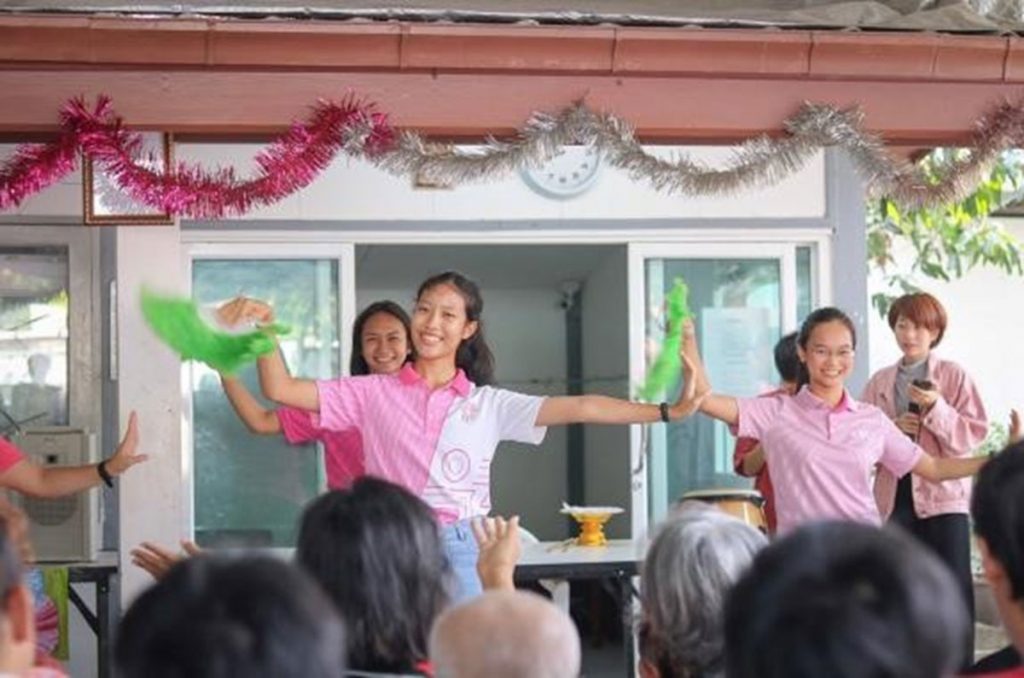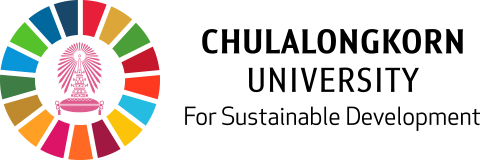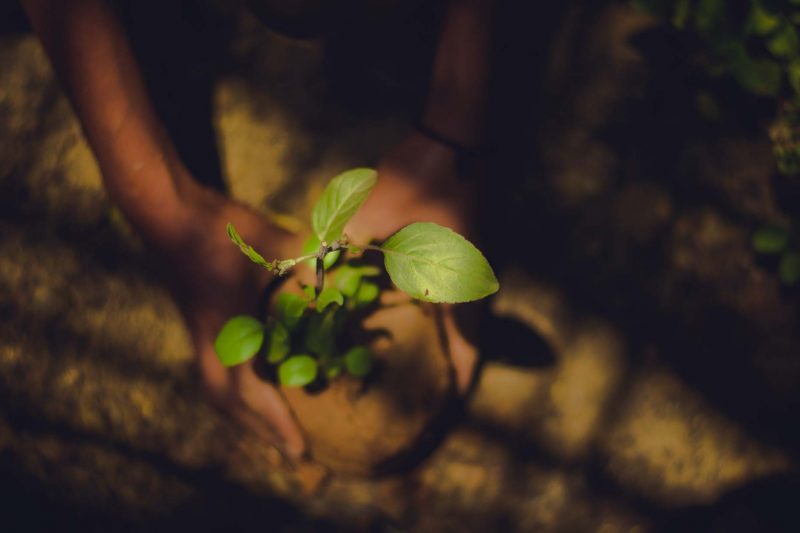Volunteers bring knowledge about effective exercise programs to young and old alike
During the long break before the new academic year starts, many university students leave the campus to learn things that their classrooms do not provide. Some join a volunteer camp, hoping to make a contribution to society.
Students of the Faculty of Sports Science at Chulalongkorn University are no exception. While their counterparts might be building or renovating classrooms, libraries, washrooms and other facilities needed by rural communities, sports science students go out to encourage children and the elderly to move and exercise properly. Good exercise, they say, leads to good health.
One might ask why something as simple as exercise must be taught. And people already move a lot in their daily lives, so doesn’t that count? But a sports science practitioner will tell you that just any kind of physical movement is not always the correct form of exercise.

The project to bring sports science to the public was started in early January 2015. The idea was that this learned science should be adapted to benefit the community and society. Students from the faculty teach proper exercise and stretching to young pupils, villagers and the elderly in rural communities. They also teach them how to create simple exercise tools from materials available in their neighborhoods.
The first volunteer camp was held at the women’s nursing home of the Mitrapap Songkhro Foundation of Thailand in Pathum Thani province. The workout program designed for the aunties received an enthusiastic response, with laughter and smiles shining on participants’ faces. Since then, the exercise volunteer camp has been part of the regular schedule.
According to Dr Ruht Laohapakdee, who is in charge of student affairs for the faculty and directs the Sports Science Volunteer for Society Project, the exercise camps consist of two sub-projects. One is for residents of welfare foundation homes or institutions, while the other is aimed at communities in provinces. The camps are held in May and after the second semester ends each year. Each visit lasts 7-10 days.
In 2019, the students chose to visit Baan Bumrungruk, which takes care of elderly people with mental illnesses in Nonthaburi.

“The exercise routines for the elderly and young people are designed differently to suit their age,” says Dr Ruht. “Safety is our priority. Our team will avoid exercises considered unsafe for the elderly.
“Exercise routines for aunties and uncles should avoid having to hold one’s breath for a long time, and excessive movements and stretching as these will affect blood pressure,” he explains. “High blood pressure may cause fainting, dizziness and injuries.
“At Baan Bumrungruk, the workouts can be done on a bed or in a chair,” adds the sports science expert. “This includes brain, finger and wrist exercises as well as bending down with hands touching the ankles, and massage to relax the muscles.”
In addition, knowledge of sports science is being disseminated for the benefit of society. Simple solutions include exercise tools that can be made from easy-to-find materials such as PVC pipes and rubber bands to help stretch the muscles. These tools provide flexibility which is suitable for the elderly and patients who are homebound.
The benefits of rubber stretching devices for golden-agers are supported by research conducted by a master’s student from the Faculty of Sports Science, according to Dr Ruht. “This simple tool helps provide resistance, also known as isometric training, which helps strengthen the muscles,” he says. “The elastic band’s resistance is not so strong, therefore it does no harm to the elderly.”
During the summer break of 2019, the volunteer team visited Somnuk Wisitthaworakarn school and a village in Ban Wang Nam Khiao in Suan Phueng District of Ratchaburi province. For a full week, the students taught fundamental subjects and held recreational activities that helped pupils develop basic sports skills. Since it is a small school, students from different classes were grouped together. Pupils from grades 1 and 3 were in one group and grades 4-6 in another.
The volunteers divided up their responsibilities. One group taught fundamental subjects, the second group created a teaching plan and the third group taught sports such as Thai boxing and ram krabi-krabong (traditional sword dance). Instruction in traditional sports had the added benefit of bringing Thai art and culture to the children.
“The teaching plans are discussed every day by the students themselves,” Dr Ruht says. “They hold a meeting at the end of the day to review and talk about what needs to be adjusted.”
Sports classes for adult villagers are held in the evening when they are free from farm work. They gather at a pavilion near the school and are taught how to exercise by another group of volunteers, he says.
The community around the school was also a target of the Sports Science Volunteer Project. The team introduced basic health promotion and taught residents how to make exercise tools from local materials and how to use them in their workouts. To generate awareness of what benefits they would gain from proper exercise, residents were urged to take physical fitness tests.
The key to success, though, is to make sure that everybody is having fun. And the students, villagers and volunteers had plenty of fun when it came time to compete in the sports day games. The volunteers also helped to rehabilitate sports fields and repair and paint exercise equipment to make the devices more colorful to attract students to play safely.
Although the Sport Science Society Volunteer Project is relatively young when compared with other volunteer camps, the students are proud of the contribution they have made so far to share their knowledge about healthy living and exercise to young and old alike.
Others





